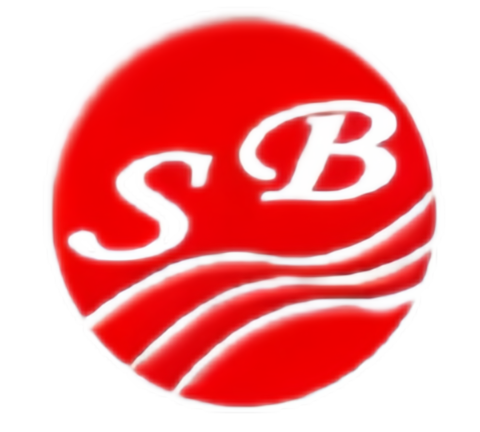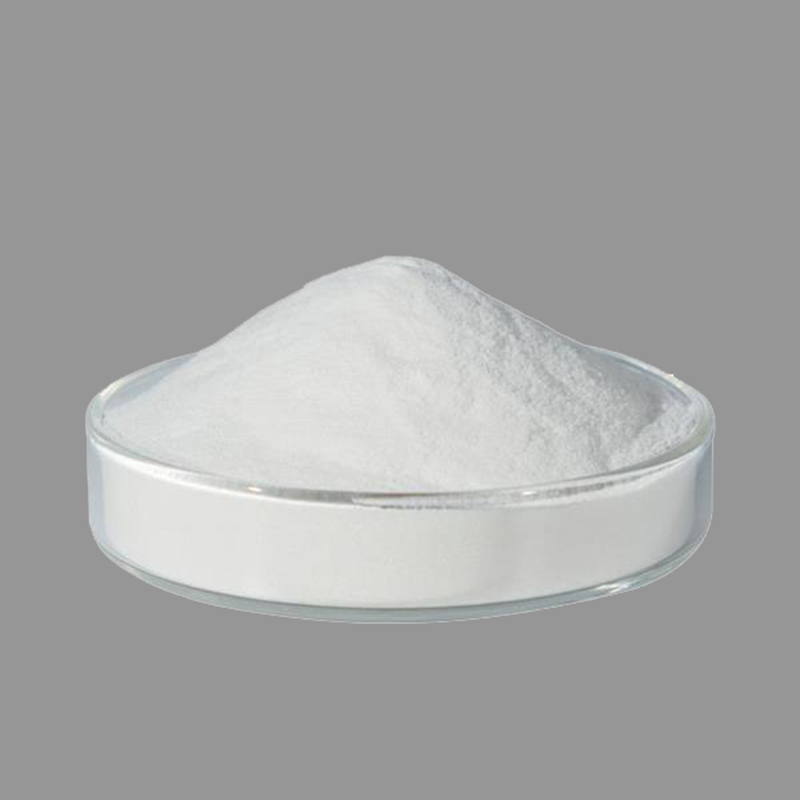HPMC
Product Introduction
HPMC

HPMC
Physical and chemical properties:
● Use name: Hydroxypropyl methylcellulose | Hypromellose
● English name: Hydroxypropyl Methyl Cellulose
● Common name: HPMC | Hypromellose
● Appearance: White or off-white fibrous or granular powder
● Stability: The solid is flammable and incompatible with strong oxidizing agents.
● Particle size: the passing rate of 100 mesh is greater than 98.5%; the passing rate of 80 mesh is 100%. The particle size of special specifications is 40~60 mesh.
● Carbonization temperature: 280-300℃
● Apparent density: 0.25-0.70g/cm3 (usually around 0.5g/cm3), specific gravity 1.26-1.31.
● Color changing temperature: 190-200℃
● Surface tension: 2% aqueous solution is 42-56dyne/cm
● Solubility: soluble in water and some solvents, such as ethanol/water, propanol/water, etc. in appropriate proportions. Aqueous solutions are surface active. It has high transparency and stable performance. The gel temperature of products of different specifications is different, and the solubility changes with the viscosity. The lower the viscosity, the greater the solubility. The performance of HPMC of different specifications has certain differences. The dissolution of HPMC in water is not affected by the pH value.
As the methoxy group content of HPMC decreases, the gel point increases, the water solubility decreases, and the surface activity also decreases.
HPMC also has thickening ability, salt-tolerant low ash powder, pH stability, water retention, dimensional stability, excellent film-forming properties, and a wide range of enzyme resistance, dispersion and adhesion properties.
Manufacturing method:
The refined cotton cellulose is treated with alkali solution at 35-40°C for half an hour, pressed, the cellulose is pulverized, and appropriately aged at 35°C, so that the average polymerization degree of the obtained alkali fiber is within the required range. Put the alkali fiber into the etherification kettle, add propylene oxide and methyl chloride in sequence, and etherify at 50-80°C for 5 hours. The maximum pressure is about 1.8MPa. Then add an appropriate amount of hydrochloric acid and oxalic acid to the hot water at 90°C to wash the material to expand the volume. Use a centrifuge to dehydrate and wash until neutral. When the water content in the material is less than 60%, dry it with a hot air flow at 130°C to less than 5%, and finally grind it through a 20-mesh sieve to obtain the finished product.

| Technical indicators | Physical properties | |||
| Methoxyl content (%) | 4.0-12.0 | PH Value | 6.0-8.5 | |
Hydroxypropyl content (%) | 17.0-30.0 | Size of granule | 80 | |
| Gel temperature (℃) | 58.0-90.0 | Viscosity | 100-80000 cps | |
Moisture content (%) | ≤5.0 | Drying loss (wt%) | ≤5.0 | |
| Ash (%) | ≤5.0 | Salinity (wt%) | ≤5.0 | |
Features | Applications


● Construction industry: As a water retaining agent and retarder for cement mortar, it makes the mortar pumpable. Used as a binder in plaster, plaster, putty powder or other building materials to improve spreadability and extend operating time. Used as a pasting tile, marble, plastic decoration, pasting enhancer, and can also reduce the amount of cement. The water-retaining properties of HPMC prevent the slurry from cracking due to drying too quickly after application, and enhances the strength after hardening.
● Ceramic manufacturing industry: widely used as adhesive in the manufacturing of ceramic products.
● Coating industry: used as a thickener, dispersant and stabilizer in the coating industry, and has good compatibility in water or organic solvents. As a paint stripper.
● Ink printing: used as a thickener, dispersant and stabilizer in the ink industry, and has good compatibility in water or organic solvents.
● Plastic: used as mold release agent, softener, lubricant, etc.
● Polyvinyl chloride: It is used as a dispersant in the production of polyvinyl chloride and is the main additive for the preparation of PVC by suspension polymerization.
● Pharmaceutical industry: coating materials; film materials; rate-controlling polymer materials for sustained-release preparations; stabilizers; suspending agents; tablet binders; tackifiers
● Others: It is also widely used in leather, paper products industry, fruit and vegetable preservation and textile industry.
Factory | Warehouse




